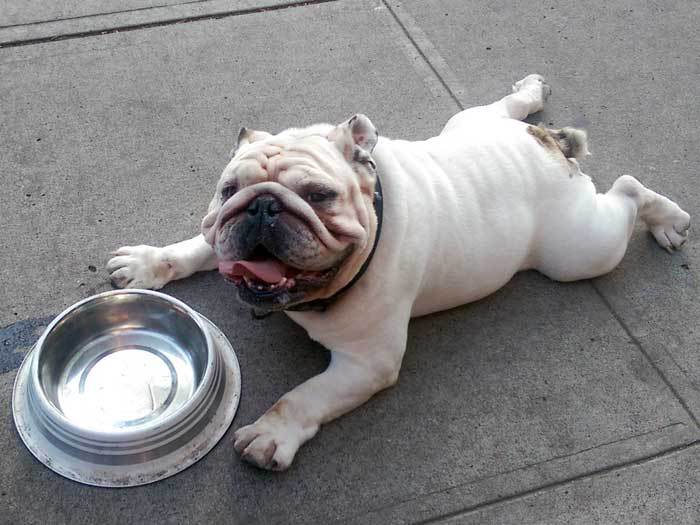 Like people, overweight pets are subject to some of the very same problems associated with human obesity. In a study done by the Association for Pet Obesity Prevention, an estimated 53.8% of dogs and 58.2% of cats in the U.S. are obese or overweight. Health problems in an overweight pet include:
Like people, overweight pets are subject to some of the very same problems associated with human obesity. In a study done by the Association for Pet Obesity Prevention, an estimated 53.8% of dogs and 58.2% of cats in the U.S. are obese or overweight. Health problems in an overweight pet include:
- Osteoarthritis
- Insulin Resistance and Type 2 Diabetes
- High Blood Pressure
- Heart and Respiratory Disease
- Cranial Cruciate Ligament Injury
- Kidney Disease
- Many Forms of Cancer
- Decreased life expectancy (up to 2.5 years)
So how do you know if your pet is overweight? Well, you can check to see if your dog or cat is overweight by doing the following:
- You should be able to see and feel the outline of your dog’s ribs without excess fat covering. You should feel for your cat’s ribs to find out.
- You should be able to see and feel your dog or cat’s waist and it should be clearly visible when viewed from above.
- Your dog or cat’s belly should be tucked up when viewed from the side.
The RSPCA provides diet guidelines for dogs and cats that are helpful for slimming down your furry friend.


